Tags
anatomy, Andreas Vesalius, biology, book design, De Humani Corporis Fabrica, education, human anatomy, J. Willard Marriott Library, Mark T. Nielsen, medicine, Rare Books Division, Special Collections Reading Room, Vesalius
The video can also be viewed on the Marriott Library media streaming service.
The J. Willard Marriott Library, in partnership with the Spencer S. Eccles Health Sciences Library, hosted Vesalius: Celebrating 500 Years of Innovation, celebrating the contributions of Andreas Vesalius to education, anatomy, and book design.
Mark T. Nielsen is a Professor (Lecturer) in the Department of Biology. He has been teaching at the U of U for over 30 year and has been awarded a University Distinguished Teaching Award. In 2012, Mark Nielsen won a “Beacons of Excellence” award in recognition of his work to provide transformative experience to undergraduate students.
2014 marks the 500th anniversary of the birth of Andreas Vesalius (1514-1564), scientific visionary and pioneer of 16th century medicine. A famous anatomist and physician in his own time, Vesalius is recognized today for his contributions to our knowledge of human anatomy. Vesalius is particularly noted for his De Humani Corporis Fabrica (Fabric of the Human Body), first published in 1543, and revised and reprinted in 1555. The 1555 edition of De Humani Corporis Fabrica is held by the Rare Books Division and may be looked at in-person in the Special Collections Reading Room, Level 4 of the J. Willard Marriott Library or online at http://bit.ly/vesalii

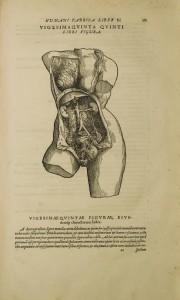

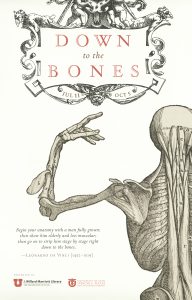
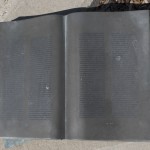
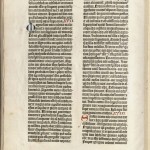
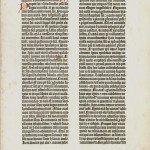
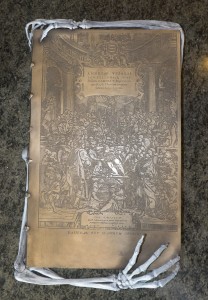
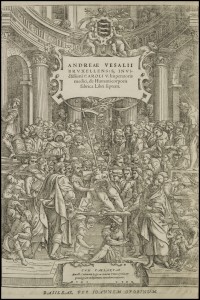
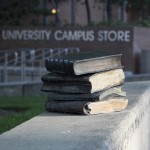
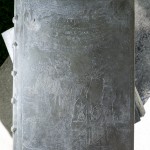
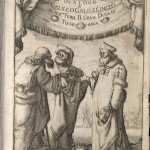
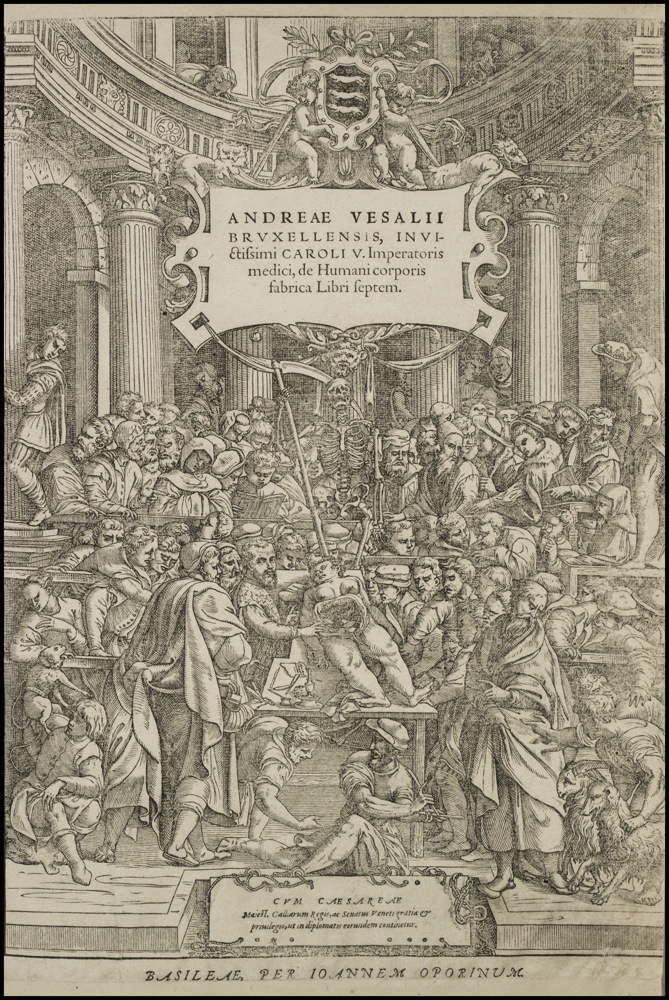
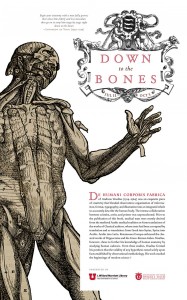
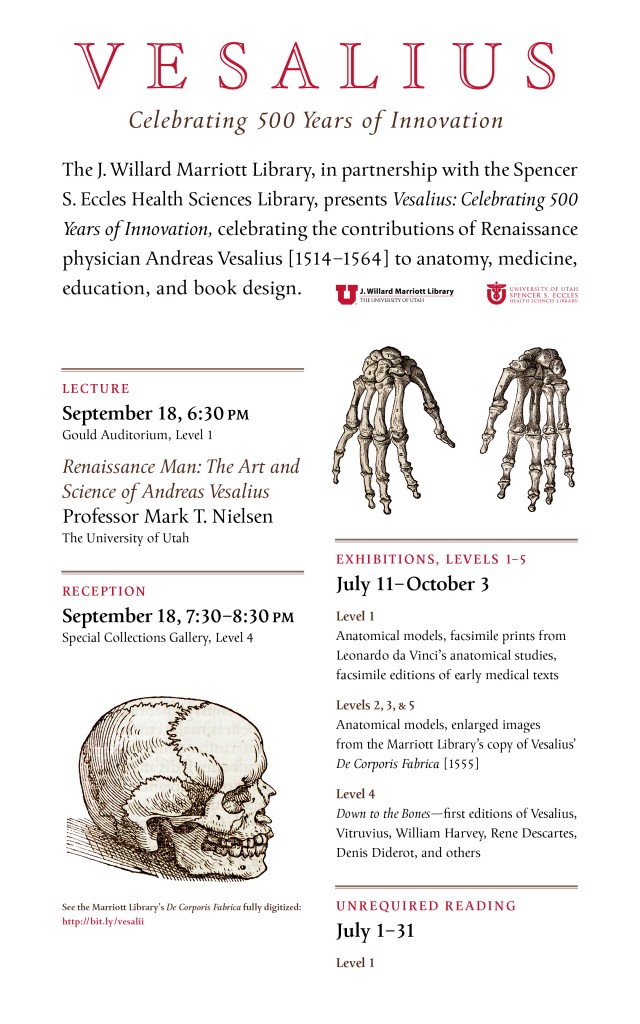
You must be logged in to post a comment.